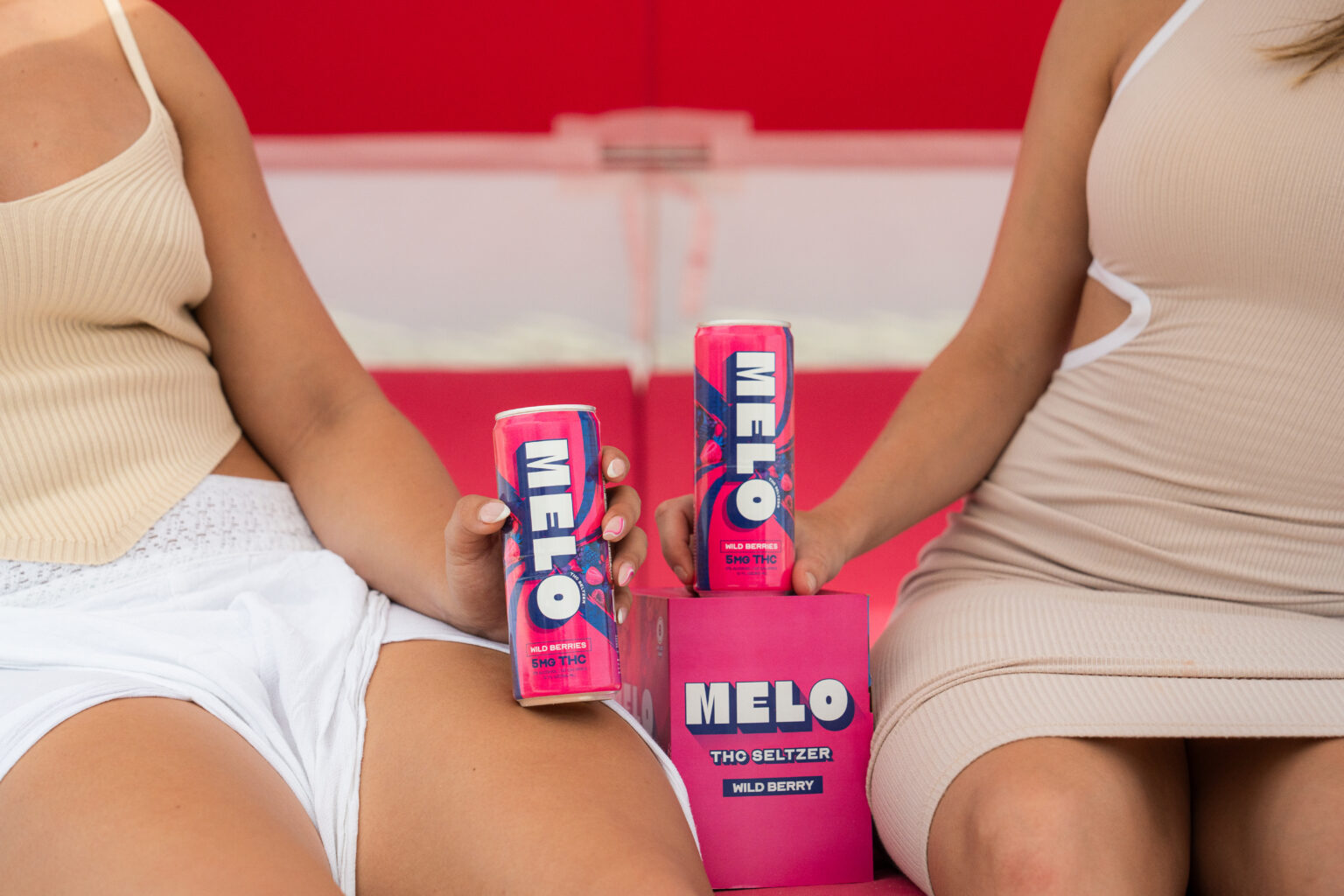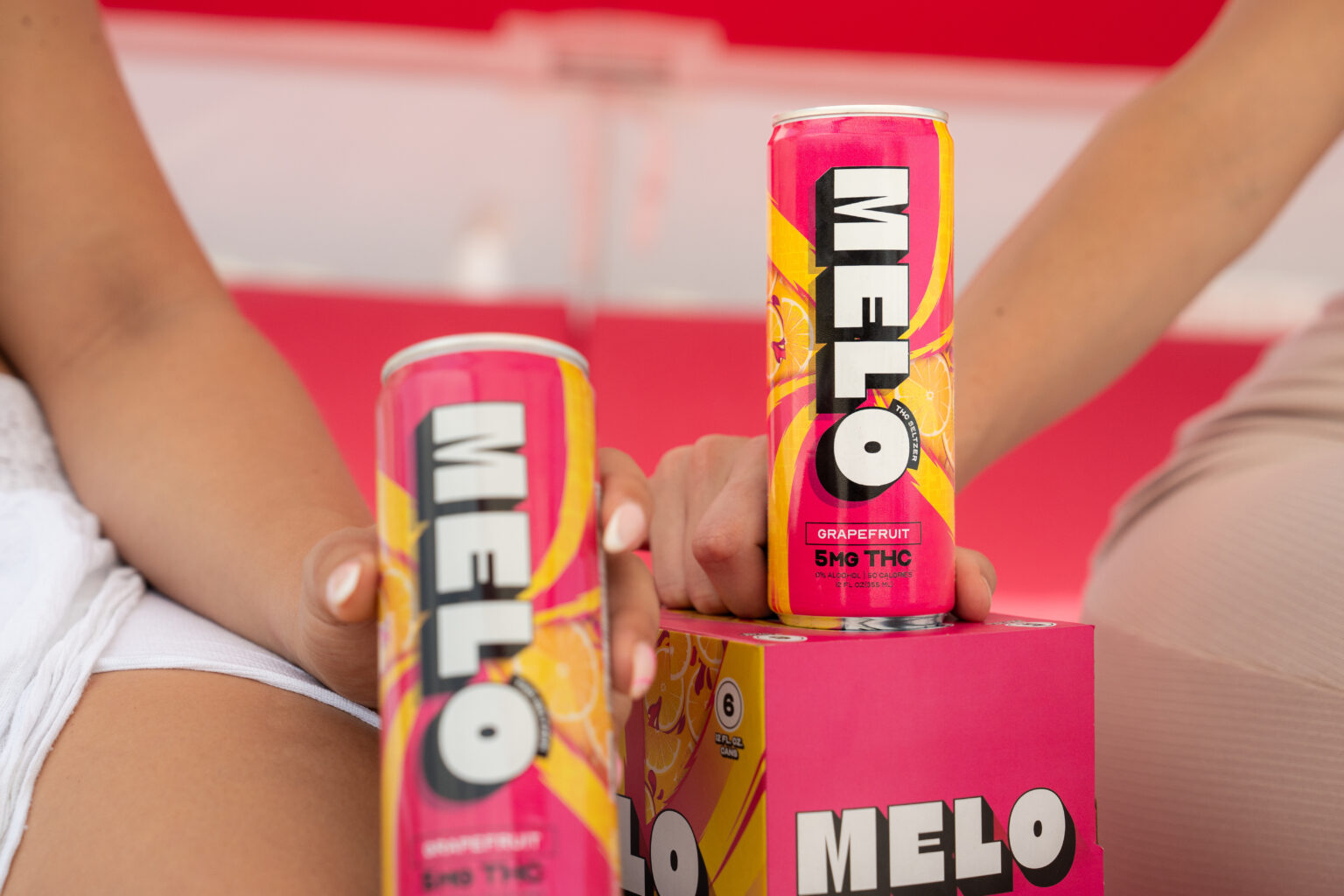Understanding The Labeling On THC Beverages
May 13, 2025
Types of THC Labeling
Navigating the world of THC-infused beverages can be confusing, especially when it comes to deciphering the various labels. Understanding what different types of THC labeling mean is essential for consumers looking to make informed choices about their consumption.
Serving Size and Dosage
One crucial element on THC beverage labels is the type of THC listed. You’ll commonly encounter two main types: delta-9 THC and delta-8 THC. Delta-9 THC is the most prevalent and well-known psychoactive compound in cannabis, responsible for the “high” associated with marijuana. Delta-8 THC, while also psychoactive, often produces a milder effect.
Another vital piece of information on THC beverage labels is the serving size. Serving sizes can vary significantly between brands and products, so it’s crucial to pay close attention. This will help you accurately calculate your intake and avoid accidentally consuming too much THC.
Dosage information is essential for responsible consumption. Labels usually express THC content in milligrams (mg) per serving. Starting with a low dose and gradually increasing as needed is always recommended, especially for first-time users.
Amount of THC per Serving
Understanding the amount of THC per serving is paramount for safe and enjoyable consumption. Labels typically display this information in milligrams (mg) per serving. For example, a beverage might list 5mg of THC per serving. It’s important to note that serving sizes can vary greatly between products.
Pay close attention to the labeled serving size to accurately determine your intake. Starting with a low dose and gradually increasing as needed is always advisable, especially for those new to THC beverages.
Total THC Content
The total THC content listed on a label represents the overall amount of delta-9 THC present in the entire product. This information can be helpful when comparing different brands or products, as it allows you to see the relative potency of each option.
Ingredients
Ingredients listed on THC beverage labels provide insight into the composition of the product beyond just the THC content.
- Water: The primary ingredient in most THC beverages, providing the base for mixing and consuming the product.
- Sweeteners: Sugar, artificial sweeteners, or natural alternatives like stevia are commonly used to enhance flavor and palatability.
- Flavorings: Natural fruit flavors, herbs, spices, or other additives contribute to the beverage’s taste profile.
- Acids: Citric acid or malic acid can be added to balance sweetness and provide a tartness that complements the other ingredients.
- Preservatives: To extend shelf life and ensure product safety, preservatives like potassium sorbate or sodium benzoate may be included.
Understanding Unit Measurements
Understanding the labels on THC beverages is essential for making informed consumption choices. Consumers should pay close attention to serving sizes as they can vary greatly between brands and products.
Milligrams (mg)
Milligrams (mg) are a unit of measurement used to express the amount of a substance, in this case, THC, present in a given quantity. When looking at THC beverage labels, you’ll see the THC content listed in milligrams per serving. For example, a label might state “5mg of THC per serving.” This means that each individual serving of the beverage contains 5 milligrams of THC.
- It’s important to note that serving sizes can vary widely between different brands and products, so always double-check the label to determine the accurate amount of THC per serving.
Ounces (oz)
Understanding unit measurements is crucial for accurately interpreting THC beverage labels. One such unit is the ounce (oz), often used to express the volume or size of a container.
- A fluid ounce (fl oz) is the typical measure used for liquids, like beverages.
- One fluid ounce is equal to approximately 29.57 milliliters.
Fluid Ounces (fl oz)
Understanding unit measurements is crucial for accurately interpreting THC beverage labels. One such unit is the ounce (oz), often used to express the volume or size of a container.
- A fluid ounce (fl oz) is the typical measure used for liquids, like beverages.
- One fluid ounce is equal to approximately 29.57 milliliters.
Important Considerations for Consumers
Navigating the world of THC-infused beverages can be confusing, especially when it comes to deciphering the various labels. Understanding what different types of THC labeling mean is essential for consumers looking to make informed choices about their consumption.
Storage and Handling
Important considerations for consumers include understanding serving sizes, as they can vary significantly between brands and products. Always double-check the label to determine the accurate amount of THC per serving.
Dosage information is crucial for responsible consumption. Labels usually express THC content in milligrams (mg) per serving. Starting with a low dose and gradually increasing as needed, especially for first-time users, is always recommended.
Storage and handling of THC beverages are essential to maintaining their quality and potency. Store them in a cool, dark place away from direct sunlight and heat. Keep out of reach of children and pets.
It’s important to note that the effects of THC can vary depending on individual tolerance, metabolism, and other factors.

Potential Side Effects
One crucial element on THC beverage labels is the type of THC listed. You’ll commonly encounter two main types: delta-9 THC and delta-8 THC. Delta-9 THC is the most prevalent and well-known psychoactive compound in cannabis, responsible for the “high” associated with marijuana. Delta-8 THC, while also psychoactive, often produces a milder effect.
Another vital piece of information on THC beverage labels is the serving size. Serving sizes can vary significantly between brands and products, so it’s crucial to pay close attention. This will help you accurately calculate your intake and avoid accidentally consuming too much THC.
Dosage information is essential for responsible consumption. Labels usually express THC content in milligrams (mg) per serving. Starting with a low dose and gradually increasing as needed is always recommended, especially for first-time users.
Understanding the amount of THC per serving is paramount for safe and enjoyable consumption. Labels typically display this information in milligrams (mg) per serving. For example, a beverage might list 5mg of THC per serving. It’s important to note that serving sizes can vary greatly between products.
Pay close attention to the labeled serving size to accurately determine your intake. Starting with a low dose and gradually increasing as needed is always advisable, especially for those new to THC beverages.
The total THC content listed on a label represents the overall amount of delta-9 THC present in the entire product. This information can be helpful when comparing different brands or products, as it allows you to see the relative potency of each option.
Potential side effects of consuming THC beverages include:
- Increased heart rate
- Anxiety
- Paranoia
- Dry mouth
- Red eyes
- Impaired coordination and judgment
It is important to note that these effects can vary depending on individual tolerance, dosage, and other factors.

Legal Regulations
Understanding the labels on THC beverages is essential for making informed consumption choices. Consumers should pay close attention to serving sizes as they can vary greatly between brands and products.
Milligrams (mg) are a unit of measurement used to express the amount of a substance, in this case, THC, present in a given quantity. When looking at THC beverage labels, you’ll see the THC content listed in milligrams per serving. For example, a label might state “5mg of THC per serving.” This means that each individual serving of the beverage contains 5 milligrams of THC.
- It’s important to note that serving sizes can vary widely between different brands and products, so always double-check the label to determine the accurate amount of THC per serving.
Understanding unit measurements is crucial for accurately interpreting THC beverage labels. One such unit is the ounce (oz), often used to express the volume or size of a container.
- A fluid ounce (fl oz) is the typical measure used for liquids, like beverages.
- One fluid ounce is equal to approximately 29.57 milliliters.
Navigating the world of THC-infused beverages can be confusing, especially when it comes to deciphering the various labels. Understanding what different types of THC labeling mean is essential for consumers looking to make informed choices about their consumption.
Important considerations for consumers include understanding serving sizes, as they can vary significantly between brands and products. Always double-check the label to determine the accurate amount of THC per serving.
Dosage information is crucial for responsible consumption. Labels usually express THC content in milligrams (mg) per serving. Starting with a low dose and gradually increasing as needed, especially for first-time users, is always recommended.
Storage and handling of THC beverages are essential to maintaining their quality and potency. Store them in a cool, dark place away from direct sunlight and heat. Keep out of reach of children and pets.
It’s important to note that the effects of THC can vary depending on individual tolerance, metabolism, and other factors.
One crucial element on THC beverage labels is the type of THC listed. You’ll commonly encounter two main types: delta-9 THC and delta-8 THC. Delta-9 THC is the most prevalent and well-known psychoactive compound in cannabis, responsible for the “high” associated with marijuana. Delta-8 THC, while also psychoactive, often produces a milder effect.
Another vital piece of information on THC beverage labels is the serving size. Serving sizes can vary significantly between brands and products, so it’s crucial to pay close attention. This will help you accurately calculate your intake and avoid accidentally consuming too much THC.
Dosage information is essential for responsible consumption. Labels usually express THC content in milligrams (mg) per serving. Starting with a low dose and gradually increasing as needed is always recommended, especially for first-time users.
Understanding the amount of THC per serving is paramount for safe and enjoyable consumption. Labels typically display this information in milligrams (mg) per serving. For example, a beverage might list 5mg of THC per serving. It’s important to note that serving sizes can vary greatly between products.
Pay close attention to the labeled serving size to accurately determine your intake. Starting with a low dose and gradually increasing as needed is always advisable, especially for those new to THC beverages.
The total THC content listed on a label represents the overall amount of delta-9 THC present in the entire product. This information can be helpful when comparing different brands or products, as it allows you to see the relative potency of each option.
Potential side effects of consuming THC beverages include:
- Increased heart rate
- Anxiety
- Paranoia
- Dry mouth
- Red eyes
- Impaired coordination and judgment
It is important to note that these effects can vary depending on individual tolerance, dosage, and other factors.
Find the best weed seltzers with fast shipping
- What Is The Difference Between Cheek Fillers And Temple Fillers? - June 23, 2025
- Upper Face Anti Wrinkle Treatment Near Capel, Surrey - June 19, 2025
- Shotgun Rodeo Sex Position - June 9, 2025
